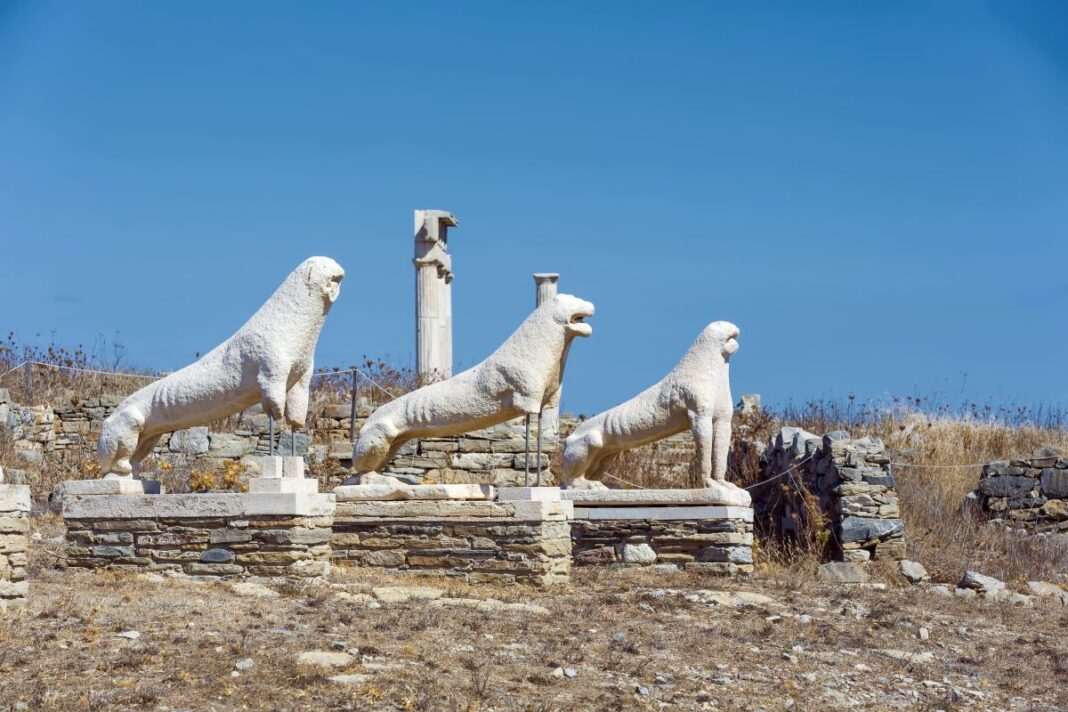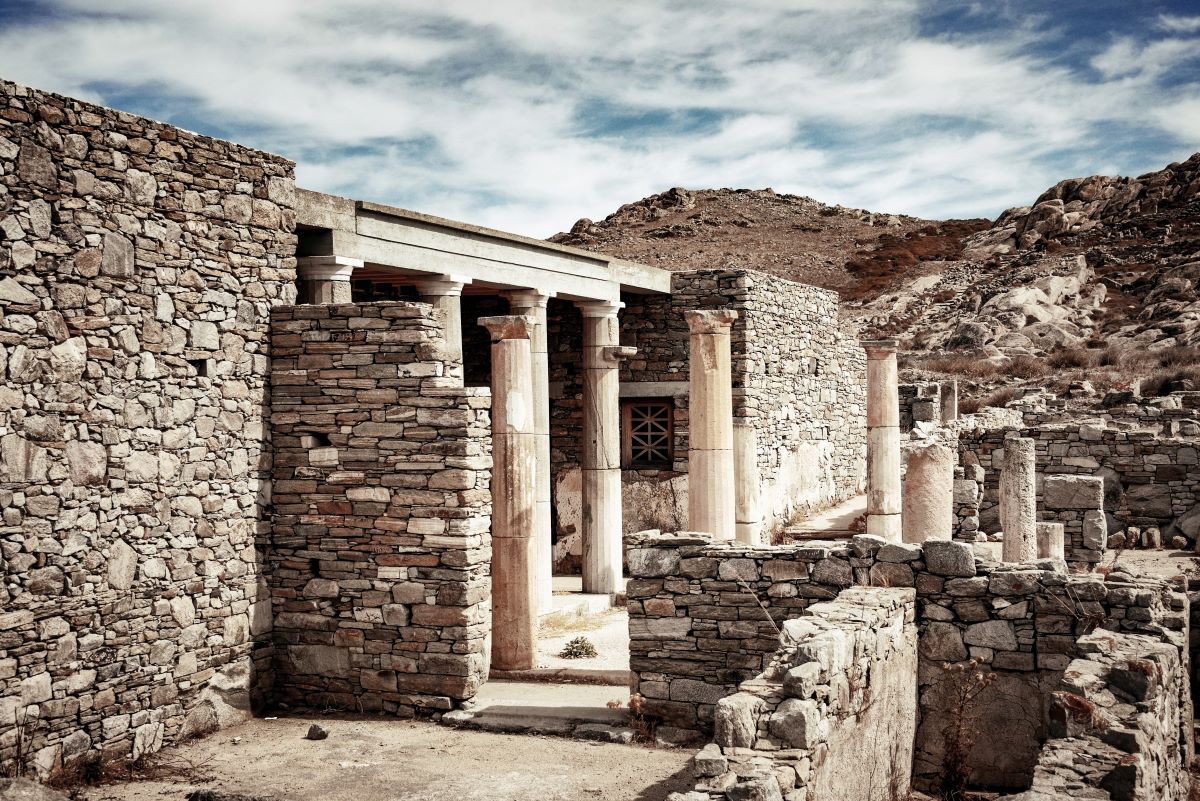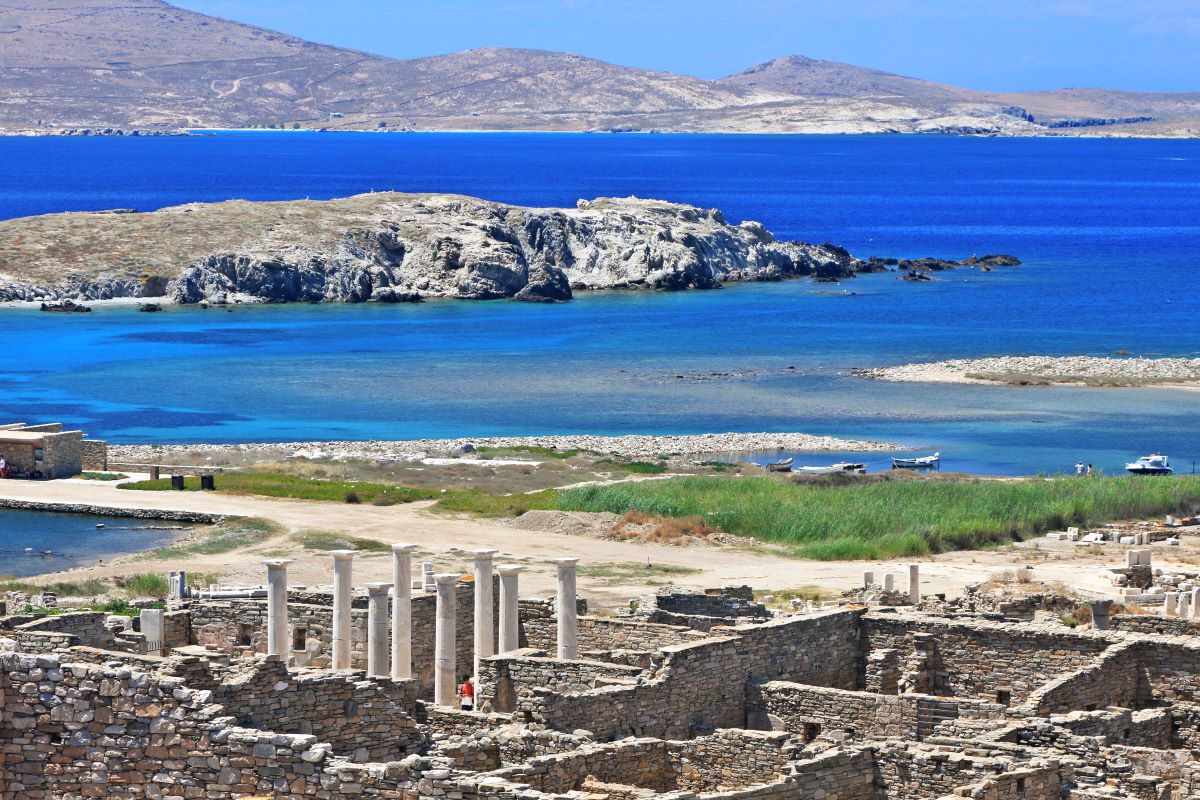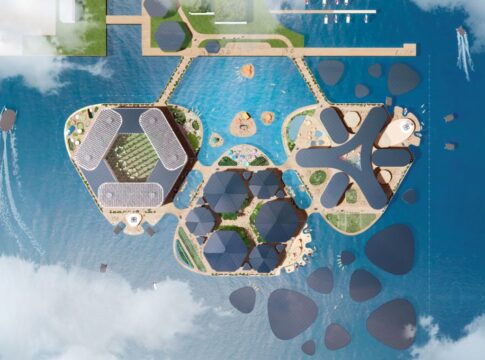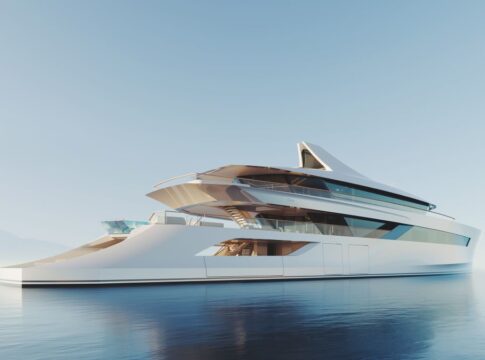Claiming its divine radiance through the ages, an island bathed in the dazzling light of Apollo somewhere beyond the regime of myth, the high priestess of the Cyclades reveals history itself in its most intact form.
A stone’s throw away (a mere 6 nautical miles) from Mykonos -the island that never sleeps, the queen of parties, celebrities and jet setters- Delos, the sacred island of the antiquity, shines on the blue horizon. Unsurprisingly, the island complex of the Cyclades (from “kiklos” which means circle in Greek) was named so because the islands form a circle around Delos.
Nowhere in the world is there a larger insular and exclusively archaeological site of equal significance to be found. A UNESCO World Heritage Site since 1990, Delos is an open-air museum with 5,000-year-old monuments of the Classical and Hellenistic times. Delos doesn’t just narrate a part of history. It is history in its own right.
An age-old myth
In ancient times it was considered unholy for a mortal to be born or die on its sacred ground. That is why women about to give birth, as well as people nearing the end of their lives, were sent to the adjacent Rinia.
It couldn’t be done any other way since, according to myth, it was on Delos that two immortals were born, Artemis and Apollo.
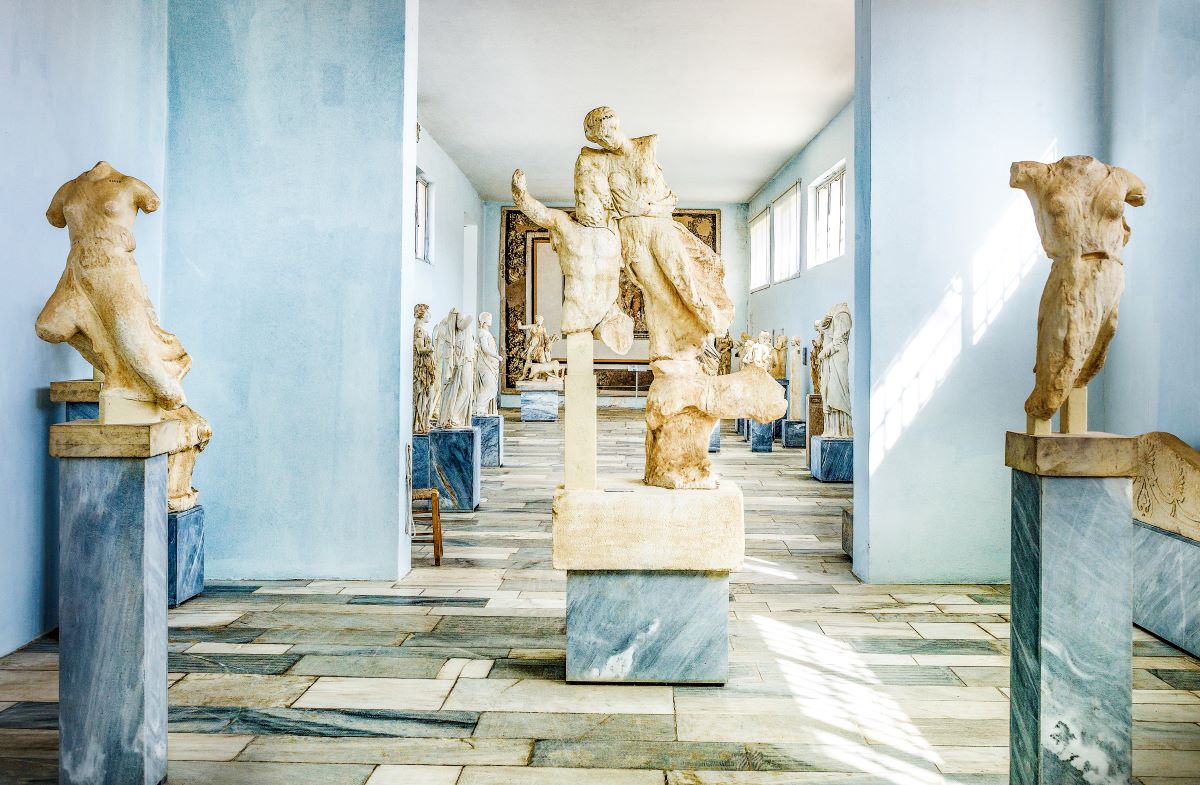
According to mythology, the passion of the adulterous Zeus for his chosen Leto, daughter of Titans Coeus and Phoebe, was to blame for everything that happened. Upon finding out that Leto was carrying twins, goddess Hera, Zeus’ wife, flew into a rage and forbade her to give birth anywhere on land or under the sun. When the pangs of childbirth hit the vainly wandering Leto, Zeus made a special plea to Poseidon, god of the seas, who used his almighty trident to make this tiny island literally emerge out of the big blue of the Aegean Sea and become the refuge of the woman about to give birth. This is what the name Delos actually means: evident, visible, or revealed, and by extension crystal-clear and shining, a name originating in the ancient Greek verb “δηλόω-δηλώ”.
Leto first gave birth to Artemis, queen of the mountains and forests, goddess of hunting, patroness of young children and animals and goddess of the Moon, and then to Apollo, the god of light and music and patron of the Arts and oracles.
The Arc of (pre)history
But behind every myth there is a true story. In the case of Delos, its emergence from the sea is geologically explained and its sacred status is linked to its powerful energy field. In fact, one of the island’s sanctuaries forms a triangle with the temple of Poseidon on Cape Sounio and the temple of Athena Aphaia in Aegina.
Measuring only 5 km in length and 1300m in width, this barren dot in the Mediterranean was inhabited, probably by the Cares, as early as the Homeric times, namely long before it became the most vital religious centre and later the largest commercial hub of the Mediterranean. In the late 5th c., during the Delian League (a political and military alliance of about 150 ancient Greek city-states), which was based on the island and strengthened the hegemony of the Athenians, there were only a few dwellings on Delos around the Temple of Apollo.
The magnificent city that fascinates visitors today developed after 166 BC, when the Romans declared the port of Delos duty-free, attracting businessmen (wealthy merchants, shipowners and bankers) from all over the then known world.
It is because they decided to settle down there that the island was revamped with craftsmen and sculptors making a name for themselves by building their luxurious residences and decorating them with mosaics, statues and frescoes. At the beginning of the 1st c. BC the residents of Delos amounted to 30,000 while 750,000 tons of goods must have been traded in its ports.
All this wealth and growth, which was the result of the close relations of the Delians with the Romans, led to the destruction and plundering of the island twice, in 88 BC and in 69 BC which, in turn, brought the decline and gradual desertion of Delos. Yet, the island was never forgotten. The excavations for the revelation of the brilliant city and its sanctuaries began in 1872 by the French Archaeological School of Athens and continue to this day.
A walk through the centuries
The tour of the ancient city starts from the Square of the Competialists, one of the markets of the ancient city featuring two small temples dedicated to Hermes, the god of commerce. Perhaps the most famous and most-photographed monument is the Terrace of the Lions, the street with the marble lions (the originals are kept in the archaeological museum of Delos) constructed by the people of Naxos in the 7th c. BC. Among the most important attractions are the Temple of Isis (2nd c. BC) adorned by the statue of goddess Isis, patroness of sailors, which is still preserved inside and an ancient theatre (3rd century BC) with a capacity of 5,000 spectators overlooking the sea.
The majestic houses of the rich residents of the island are simply fascinating. In the Theatre Quarter, the oldest in the settlement, the houses of Cleopatra and Dioskouridis stand out, as the statues of the owners are preserved. The house with the Trident belonged to a rich merchant or ship owner, while the house of Dionysus took its name from the extraordinary mosaic depicting god Dionysus riding a tiger. The mosaic floors in the houses of the Dolphins, the Tritons and the Masks are also exceptional. The house of the Lake is considered a typical example of a residence of the late 2nd c. Close to it are the two palaestras of the Lake and the Granite featuring arcades, a central courtyard, changing rooms, baths, etc.
The Archaeological Museum of Delos, one of the most significant for the history of ancient Greek sculpture with unique finds that bear witness to the private life of the Hellenistic times, remains closed until further notice due to repair works.
How to get there
Overnight stays and swimming are not allowed on Delos and Rinia, nor is Delos directly connected by ship to mainland Greece. Access there is mainly possible from Mykonos, while in the summer months day trips to Delos depart from Naxos, Paros, Syros and Tinos.



